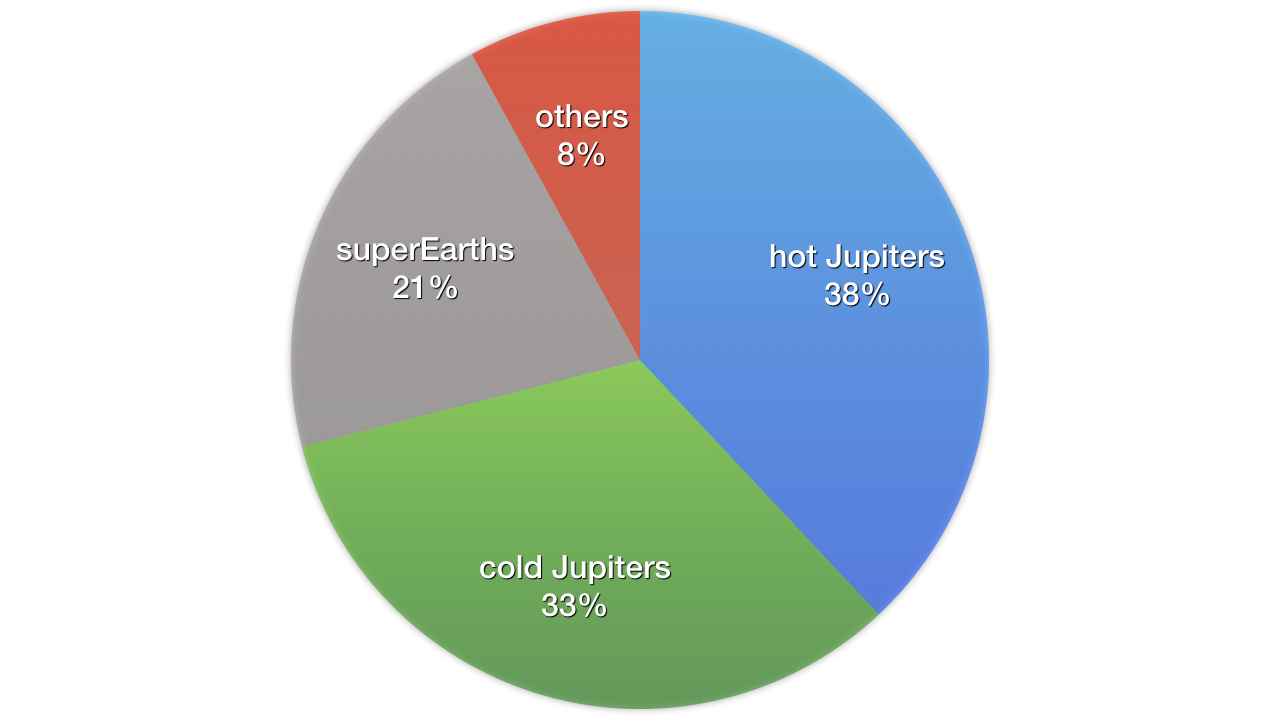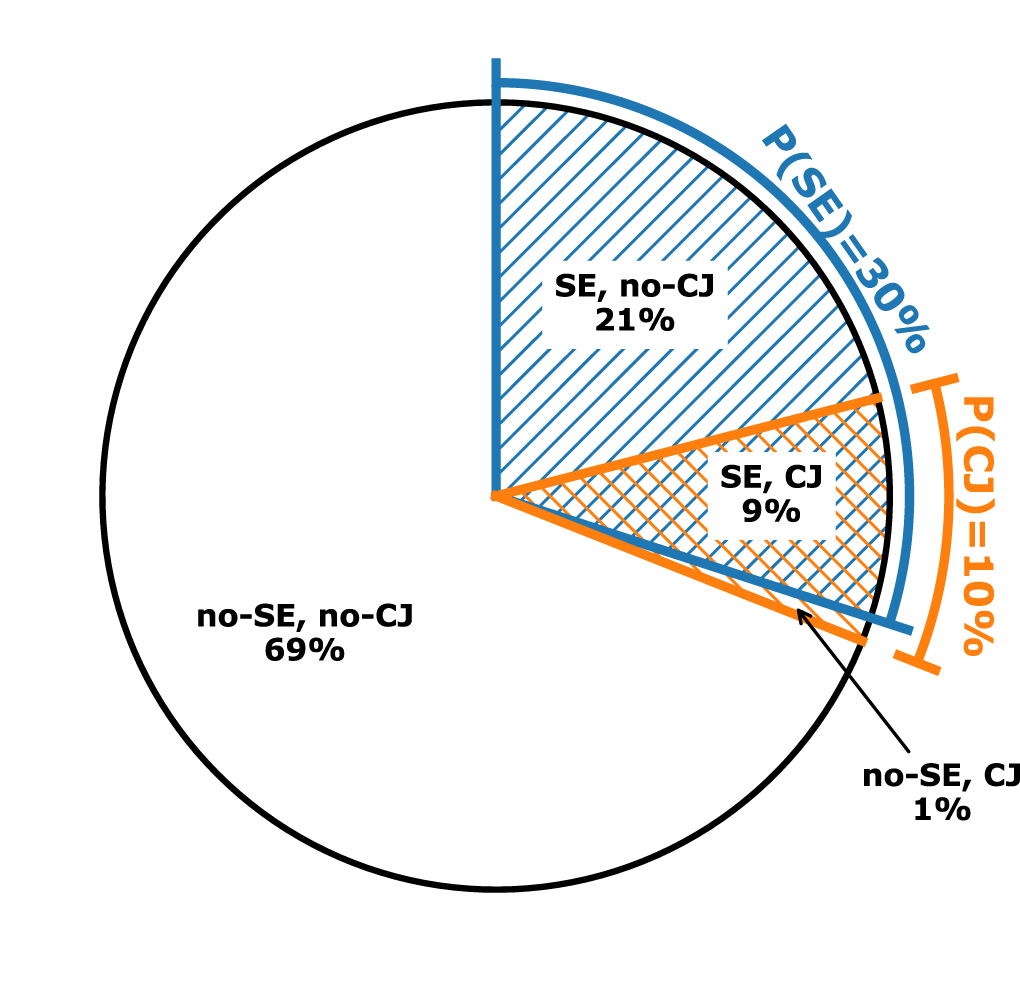Rare Solar System Gets Rarer
Astronomers have detected and measured the mass and/or orbital features of 3,869 planets in 2,887 planetary systems beyond the solar system.1 This ranks as a staggering rate of discovery, given that the first confirmed detection of a planet orbiting another hydrogen-fusion-burning star was as recent as 1995.2 What do the characteristics of these systems reveal about potential habitability for advanced life?
With such a large database of planets and planetary systems beyond the solar system (exoplanets and exoplanetary systems), it is now possible for astronomers to statistically analyze the database to discern what properties may or may not be unique to the solar system. Such an analysis was recently published by two independent teams of astronomers: one comprised of thirteen Italian astronomers and the other by two Chinese astronomers.
Exoplanetary System Findings
The Italian team reported on the frequency of inner low-mass planets in the presence of outer gas giant planets.3 The Chinese astronomers, Wei Zhu and Yanqin Wu, reported on relationships they discovered between super-Earth planets and cold gas giant planets.4
The three most common exoplanets discovered to date are super-Earths, hot Jupiters, and cold Jupiters. Super-Earth planets are those with masses and radii greater than Earth’s but less than Neptune’s. Hot Jupiters are planets more massive than Saturn that orbit their host stars closer than Earth orbits the Sun. Cold Jupiters are planets more massive than Saturn that are most distant from their host stars than Earth is from the Sun.
Of the 3,869 confirmed exoplanets, astronomers possess both a measured value of the mass and a measured value of the orbital radius for 1,553 planets. Of these 1,553 exoplanets, 20.5 percent are super-Earths, 33.0 percent are cold Jupiters, and 37.7 percent are hot Jupiters (see figure 1).5

Figure 1: Relative Populations of Known Exoplanets. Image credit: Hugh Ross. Data taken from Exoplanet TEAM, The Extrasolar Planets Encyclopaedia, The Catalog.
The Italian team made high-precision HARPS (High Accuracy Radial velocity Planet Searcher) observations on twenty stars known to host one or more long-period gas giant planets to determine if they also feature inner low-mass planets. They found that for planetary systems with one or more long-period gas giant planets, less than 10 percent also hosted inner low-mass planets. They concluded that analogues to the solar system’s planetary architecture are rare.
Zhu and Wu noted that hot Jupiter planetary systems typically do not contain super-Earths. Two other astronomers, Dong Lai and Bonan Pu, explained why. Their numerical calculations showed that a planet more massive than 100 times Earth’s mass (0.315 Jupiter’s mass) and orbiting its host star as close or closer than Earth orbits the Sun will gravitationally disturb the orbit. It does so in a catastrophic manner for any planet less than 21 times Earth’s mass that also orbits its host star as close or closer than Earth orbits the Sun.6
Zhu and Wu also noted that “typical cold Jupiters have significant orbital eccentricities.”7 Indeed, of the 394 known cold Jupiters where astronomers have measured their orbital eccentricities, 83 percent possess eccentricities greater than or equal to 0.09.8 Zhu and Wu demonstrate that such large eccentricities could catastrophically disturb the orbits of smaller planets orbiting more closely to the same host stars and, thus, explain the Italian team’s observational results.
Zhu and Wu go on to find that the cold Jupiters accompanied by super-Earths account for nearly all the known cold Jupiters. That is, planetary “systems with cold Jupiters almost certainly have super-Earths.”9 Therefore, Zhu and Wu added, the efficiency of detecting one or more cold Jupiters in a planetary system “is nearly 100% in a system with a super-Earth already detected.”10
The Chinese team believes they know why they found such a strong correlation between cold Jupiters and super-Earths. They cite two studies that show that many super-Earths possess hydrogen envelopes; that is, atmospheres super-rich in hydrogen gas.11 These envelopes imply that super-Earths, like cold Jupiters, form early from their host stars’ protoplanetary disks (of dust and gas).
Apparently, super-Earths and cold Jupiters do not compete for protoplanetary material. They form early in the protoplanetary disks, both inside and outside the ice line. (The ice line is the distance from a star where volatiles like carbon dioxide and water remain in a frozen state.)
Zhu and Wu finish their research paper by concluding that “planetary systems like our own, with cold Jupiters but no super Earths, should be rare (~1%).”12 Figure 2 shows the relative frequency of planetary systems determined by Zhu and Wu.

Figure 2: Frequency of Planetary Systems According to Astronomers Wei Zhu and Yanqin Wu. SE and CJ stand for super-Earth and cold Jupiter planets, respectively. Diagram courtesy of Zhu and Wu.
What Do the Findings Show?
In their paper, the two astronomers did not draw any further conclusions about the rarity of the Sun’s system of planets. However, a careful examination of the latest complete catalogs of known exoplanets and exoplanetary systems allowed me to make several additional conclusions.
For more than a decade, astronomers have recognized that the solar system is highly unusual. It possesses cold Jupiters closer to the Sun than 14 times Earth’s distance from the Sun but lacks one or more super-Earth planets, hot Jupiters, or cold Jupiter planets with orbital eccentricities greater than 0.09. Each one of these four features, if absent in a planetary system, rules out the possibility of any kind of advanced life existing in the system.
How many of the known multiple-planet systems exhibit these life-essential features? The answer for the 638 known multi-planet exoplanetary systems is zero.13 How about the known exoplanetary systems where only one planet has been discovered? Of these 2,249 systems, they either lack a cold Jupiter closer than 14 times Earth’s distance from the Sun or the planet they contain possesses characteristics that would rule out the possible existence of another planet in the system capable of sustaining advanced life.
The presumption back in 1995 was that astronomers would find many exoplanetary systems where the probability of advanced life possibly existing in that system would be greater than zero. More than twenty-three years later, with a database of 2,888 planetary systems and 3,877 planets, only one planetary system and only one planet possess the characteristics that the possible existence of advanced life needs. It requires little effort to discern the identity of that single planetary system and single planet.
Featured Image: Relative Sizes of Solar System Bodies. The sizes, but not the distances, are to scale. Image credit: PlanetUser, Creative Commons Attribution.
Endnotes
- Exoplanet TEAM, The Extrasolar Planets Encyclopaedia, The Catalog(October 18, 2018), http://exoplanet.eu/catalog/.
- Michel Mayor and Didier Queloz, “A Jupiter-Mass Companion to a Solar-Type Star,” Nature378 (November 23, 1995): 355–59, doi:10.1038/378355a0.
- Barbato et al., “Exploring the Realm of Scaled Solar System Analogues with HARPS,” Astronomy & Astrophysics615 (August 2018): id. A175, doi:10.1051/0004-6361/201832791.
- Wei Zhu and Yanqin Wu, “The Super Earth–Cold Jupiter Relations,” Astronomical Journal156 (September 2018): id. 92, doi:10.3847/1538-3881/aad22a.
- Exoplanet TEAM, Extrasolar Planets Encyclopaedia.
- Dong Lai and Bonan Pu, “Hiding Planets Behind a Big Friend: Mutual Inclinations of Multi-Planet Systems with External Companions,” Astronomical Journal153 (January 2017): id. 42, doi:10.3847/1538-3881/153/1/42.
- Zhu and Wu, “The Super Earth,” 6.
- Exoplanet TEAM, Extrasolar Planets Encyclopaedia.
- Zhu and Wu, “The Super Earth,” 4.
- Zhu and Wu, “The Super Earth,” 2.
- Geoffrey W. Marcy et al., “Masses, Radii, and Orbits of Small KeplerPlanets: The Transition from Gaseous to Rocky Planets,” Astrophysical Journal Supplement Series 210 (February 2014): id. 20, doi:10.1088/0067-0049/210/2/20; Yanqin Wu and Yoram Lithwick, “Density and Eccentricity of Kepler Planets,” Astrophysical Journal 772 (July 30, 2013): id. 74, doi:10.1088/0004-637X/772/1/74.
- Zhu and Wu, “The Super Earth,” 1.
- NASA Exoplanet Science Institute, NASA Exoplanet Archive(October 26, 2018), https://exoplanetarchive.ipac.caltech.edu/cgi-bin/TblView/nph-tblView?app=ExoTbls&config=planets.
Check out more from r. Hugh Ross @Reasons.org





